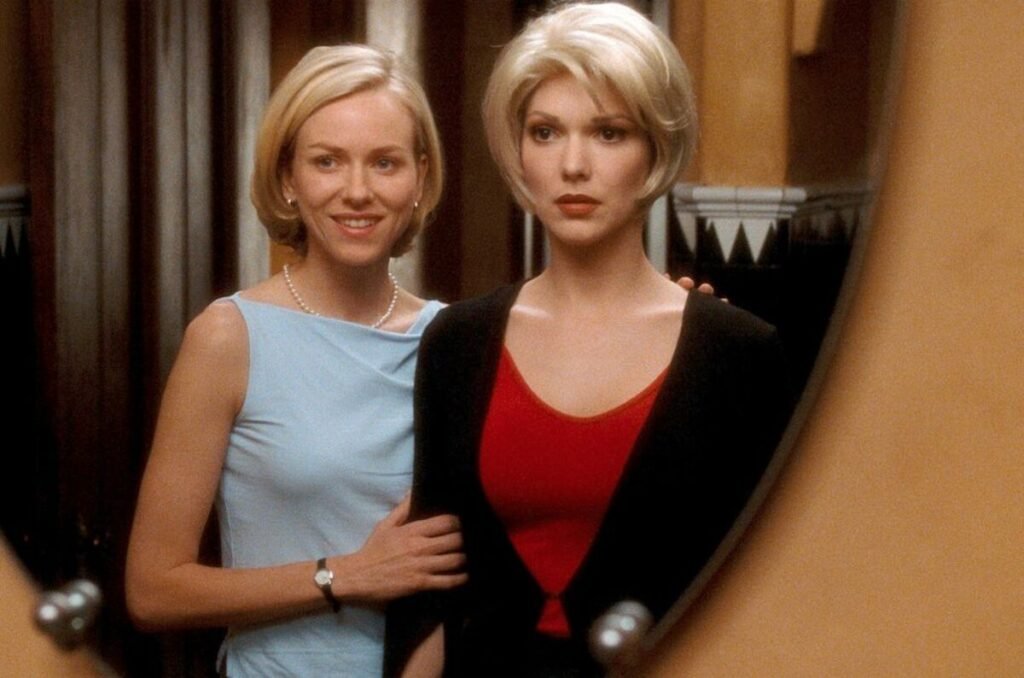Physical Address
304 North Cardinal St.
Dorchester Center, MA 02124
Physical Address
304 North Cardinal St.
Dorchester Center, MA 02124
In this article, we’ll explore how Visual storytelling through composition works and the best techniques to create impactful, narrative-driven images. By understanding these techniques, you’ll be able to craft stories that captivate and communicate deeply through telling a story through video composition and photography.
Visual storytelling is a powerful way to engage your audience. It allows you to communicate emotions, mood, and narrative with just a single frame or scene. Visual storytelling in photography and videography depends heavily on strong composition. When done right, composition helps guide your viewer’s attention and evoke emotion, making the story resonate.

The structure of your image—where you place your subject and how you use space, light, and angles—determines how people experience it. A well-composed shot isn’t just visually appealing. It tells a story. It provides context and guides the viewer’s eye to the critical parts of the scene. A strong composition conveys mood, relationships, and the depth of your narrative.
Your goal should be to frame your subject in a way that delivers emotion and meaning. The following tips will help you achieve this.
Leading lines naturally guide the viewer’s eye to key parts of the image. These can be roads, rivers, or even architectural elements like hallways or fences. Using leading lines in composition is a great way to make your story clear.
Negative space refers to the empty or less active areas in your frame. Using negative space in photography can enhance storytelling by adding a sense of isolation or peace.
By using a foreground, middleground, and background, you can create depth in your images. This adds a sense of realism and makes your story more immersive. In visual storytelling in photography, depth can also highlight the relationships between subjects and their environment.
Framing involves using elements within the scene to “frame” your subject, focusing attention on them. Telling a story through video composition often benefits from this technique, as it adds context and enhances focus.
Symmetry often suggests balance and order. It can create visually satisfying images that feel calm and structured. Patterns add rhythm and repetition, helping guide the viewer’s eye through the frame. Symmetry in composition can be used to emphasize stability, while breaking symmetry can introduce tension.
Color plays an essential role in visual storytelling in photography and videography. Warm colors like red and orange convey energy and passion. Cool colors like blue and green evoke calm or sadness. Understanding how color impacts mood will help you craft stronger narratives.
In videography, how you capture motion can dramatically shape your story. Using motion strategically in composition for storytelling creates a dynamic narrative. For example, fast motion adds urgency, while slow motion can convey reflection or calmness.
Mastering composition is essential for visual storytelling in photography and videography. Techniques like leading lines, negative space, depth, framing, symmetry, color, and motion are all tools that, when used intentionally, help you craft narratives that resonate. The key is to remember that each compositional choice should serve your story. Whether you’re evoking emotion, guiding focus, or building tension, how you frame your shot makes all the difference.
With practice, these techniques will become second nature. As you refine your skills, you’ll be able to tell deeper, more meaningful stories through your visual work. Keep these tips in mind and experiment with different approaches to make your compositions more engaging and narrative-driven.